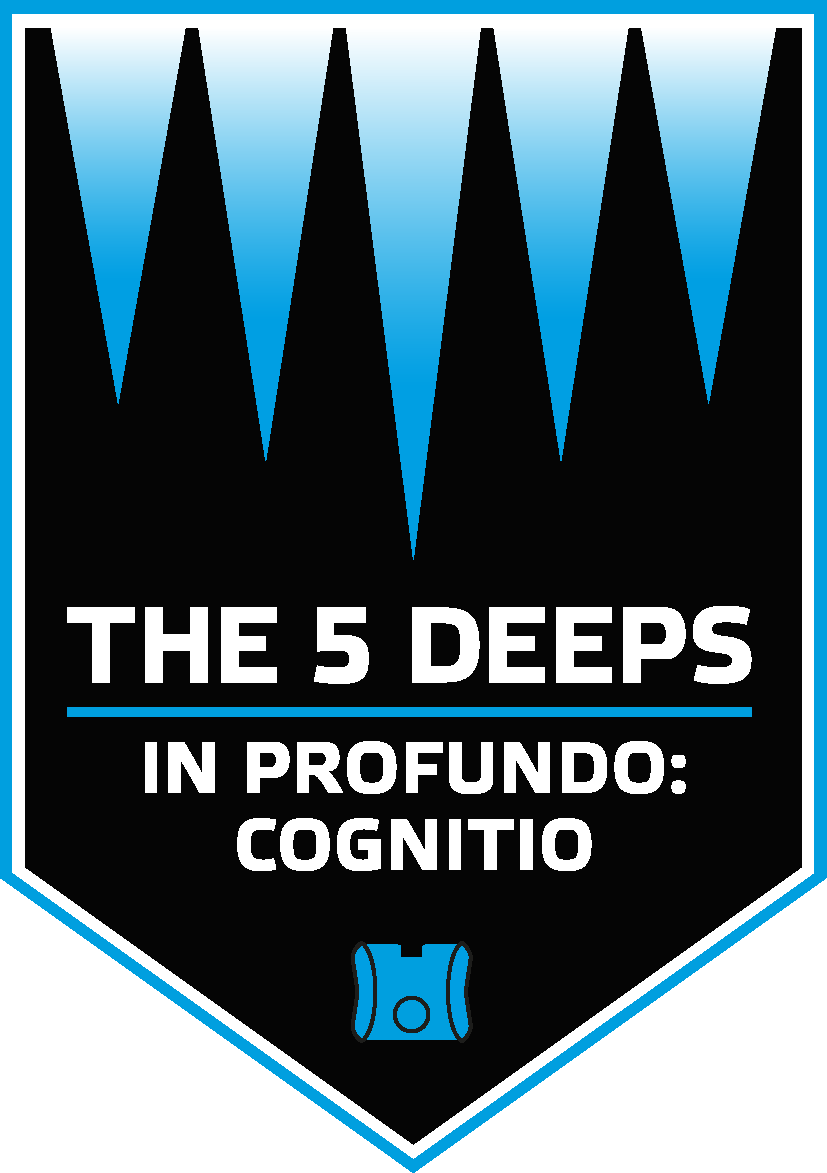Science Landers
Flere, Skaff & Closp


Flere, Skaff and Closp
There are three landers in the Five Deeps Expedition that are used to both support the Limiting Factor Submersible and carry out additional scientific tasks. They are called Flere, Skaff and Closp and are almost identical in design and payload. They are approximately 1×1.5x 1.8 m in size and rated to 11,000m operational depth.
Delivery Systems
The basic delivery systems comprise negatively buoyant steel ballast weights to sink the landers which are jettisoned by acoustic command (or back- up timer) via a bespoke release mechanism. Upon dropping the weights, positively buoyant syntactic foam floats the lander to the surface whereby VHF beacons, strobe lights and a flag aid in location and recovery by the Pressure Drop.
Communications
The primary communication instrument on the landers is the L3 modem that permits the Limiting Factor submersible to accurately navigate the sea floor. It also allows the scientists on the Pressure Drop to communicate with the lander.
Science
The scientific payload comes in two parts: submersible interactive and autonomous. The submersible interactive gear comprises a video camera and light, to confirm presence at the deepest places, plus a close lie ‘bio box’ that geological and biological samples collected by the sub are stored, plus on Flere and Skaff there is a rack of six push cores that the sub will take and secure back on the lander for recovery. The push core samples are for sedimentology, geology and in faunal biological samples.
The autonomous science gear comprises a conductivity, temperature and depth sensor (CTD) to record the hydrographic conditions in the over lying water column and when on the sea floor, in the near bottom water. The submersible is also fitted with an additional CTD instrument.
Recording
All the landers have a time-lapsed baited camera system to record the presence and behaviour of large mobile fauna, and two sets of baited traps to recover samples of the more mobile fauna in addition to the less mobile fauna collected by the sub in the bio box. The landers also have a water sampler each which collects 10 litres of bottom water for deep microbial work, which again complements the sediment microbial samples from the push cores. The Closp lander has an autonomous motor driven corer, rather than push cores, that will recover a square section of sediment for analyses into anthropogenic impacts and further species identification.

